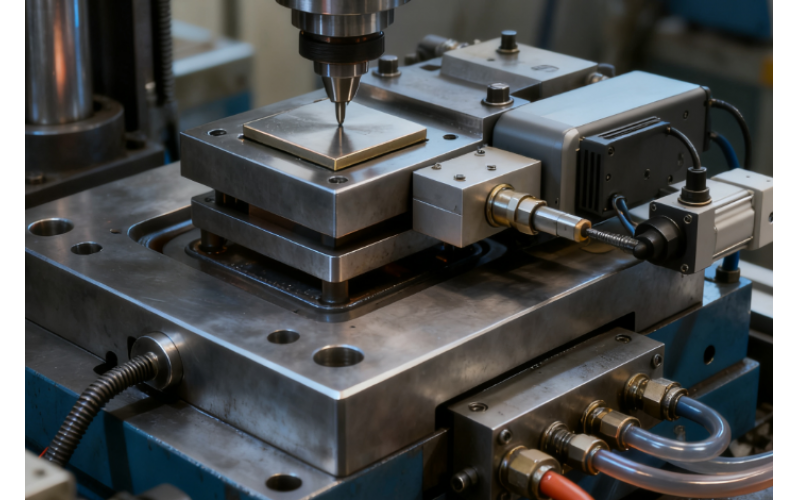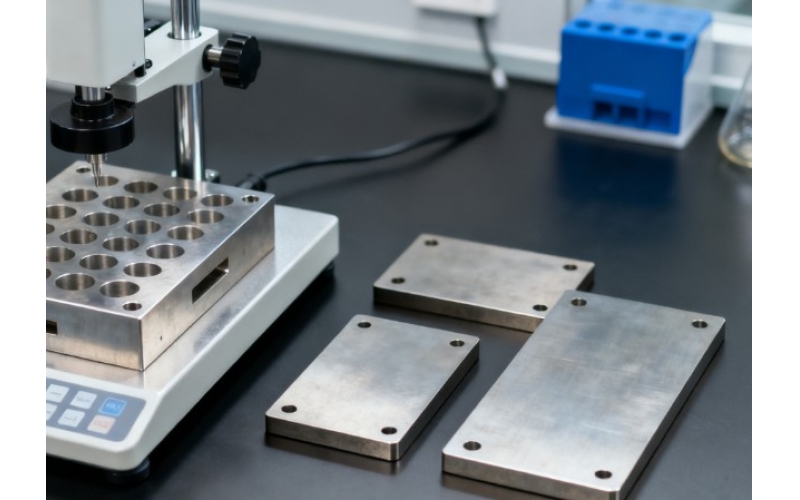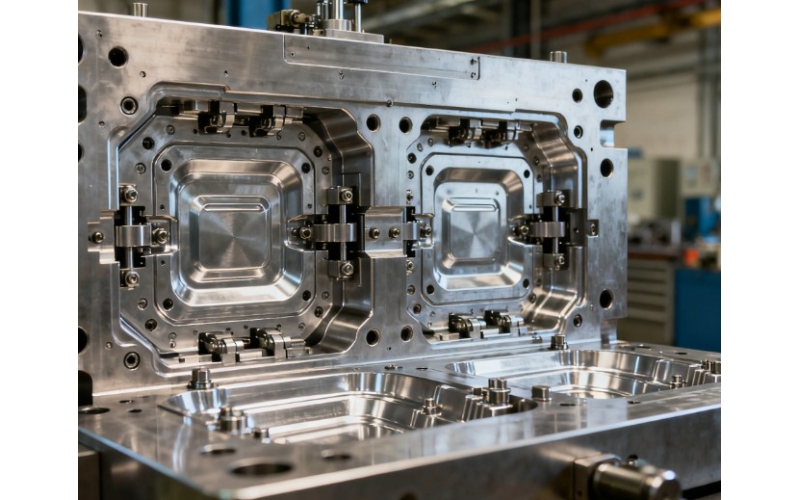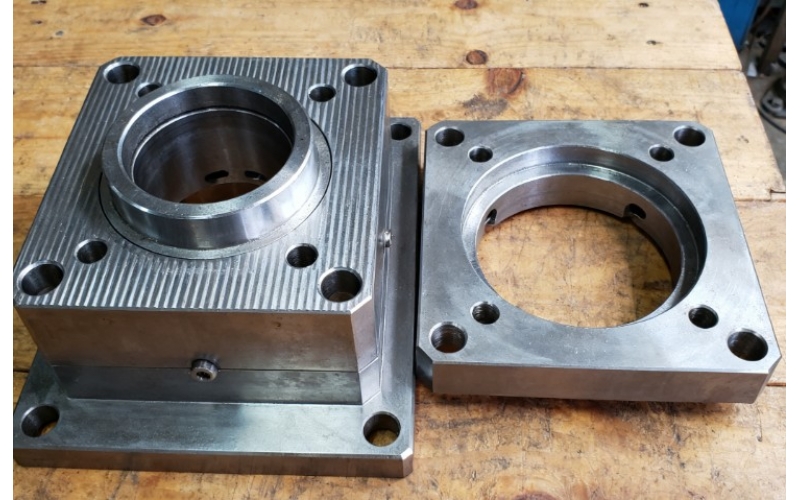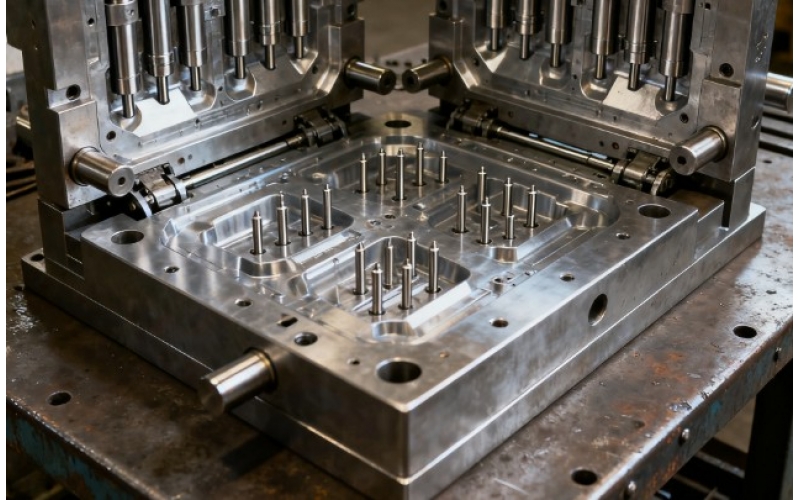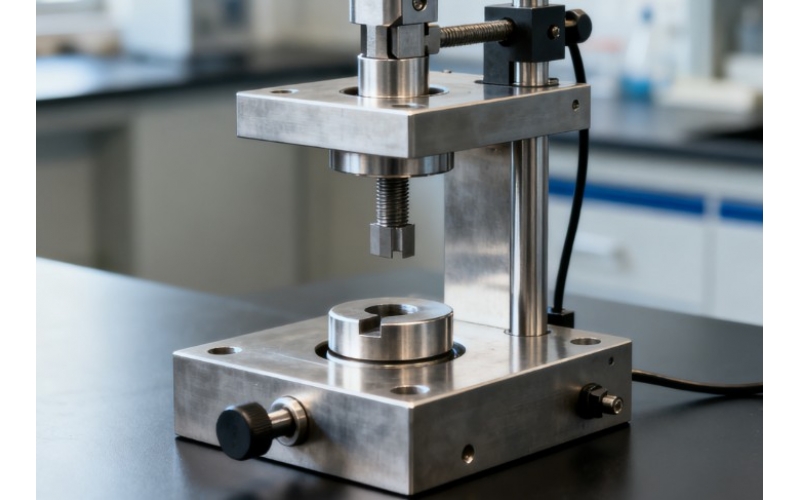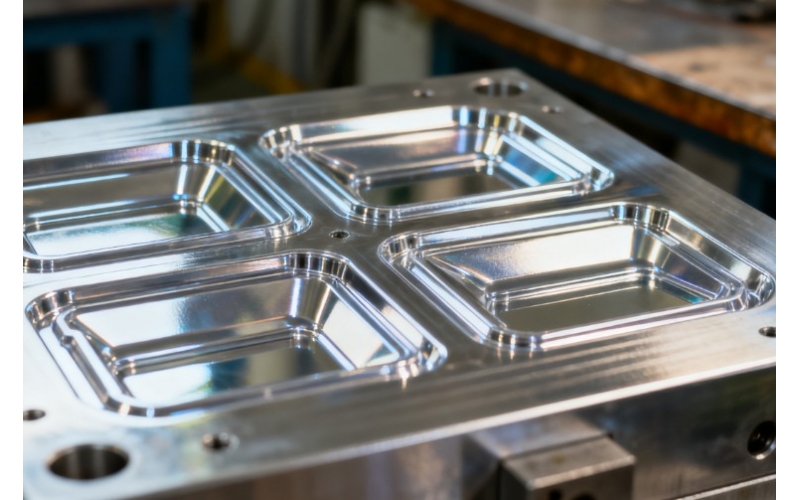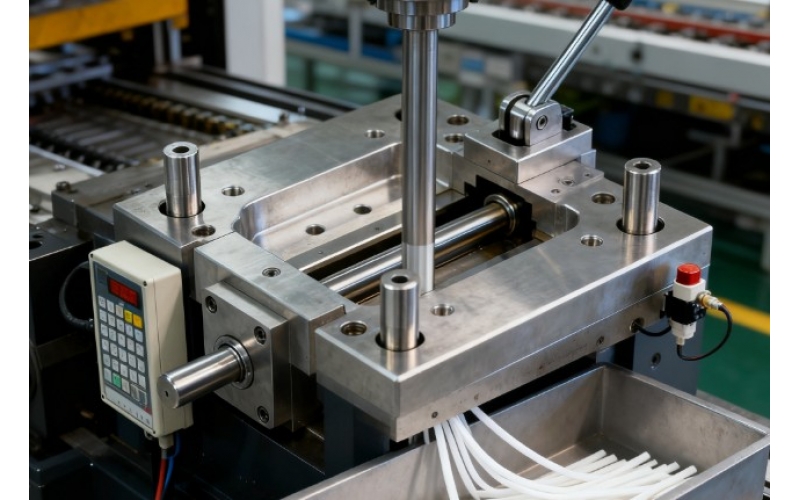-
Wear Resistance Sample Test Molds, Fatigue Sample Test Molds, Hardness Sample Test Molds
Sample test molds are core equipment in material performance testing systems, directly determining the accuracy and reliability of key indicators like wear resistance, fatigue resistance, and hardness
2025/11/04 Sample Test Molds
-
Unlocking Material Testing Codes: A Comprehensive Analysis of ISO, GB, and ASTM Standard Test Specimen Molds
Test specimen molds are core tools for material performance testing, whose design and manufacturing precision directly determine the accuracy, repeatability, and comparability of test data. In the glo
2025/11/03 Sample test mold
-
Technical Specifications for Automotive, Electronic, and Medical Sample Test Molds
Sample test molds are core process equipment connecting material R&D and mass production. Their precision, stability, and adaptability directly determine the reliability of sample test data, there
2025/11/01 Sample Test Molds
-
Technical Document: Single-Cavity, Multi-Cavity, and Precision Test Molds
Test molds are core equipment for material R&D, product performance verification, and production process optimization. Their structural design and precision control directly determine the consiste
2025/10/31 Sample test mold
-
Technical Specification for Injection Molding Sample Test Molds, Stamping Sample Test Molds, and Die Casting Sample Test Molds
Sample test molds are core tools for material performance testing and product process validation. Their structural rationality and precision control directly affect the reliability of test data and pr
2025/10/30 Sample Test Molds
-
Technical Specification for Tensile, Compression, and Bending Specimen Test Molds
Material mechanical property testing is a critical link in industrial production to verify material applicability. Tensile, compression, and bending specimen test molds correspond to the detection of
2025/10/29 Sample test mold
-
Professional English Translation of Streamlined Technical Document
Test piece test molds are core tools for material performance testing and product R&D, directly determining the molding precision of test specimens and the reliability of test data. As three funda
2025/10/28 Sample test mold
-
Technical Analysis of Manual Demolding Spline Test Molds and Automatic Ejection Spline Test Molds HoorenMold
As core tooling for material performance testing, spline test molds’ demolding methods directly affect test data accuracy, production efficiency, and operational safety. Manual demolding and automatic
2025/10/27 Spline Test Molds
